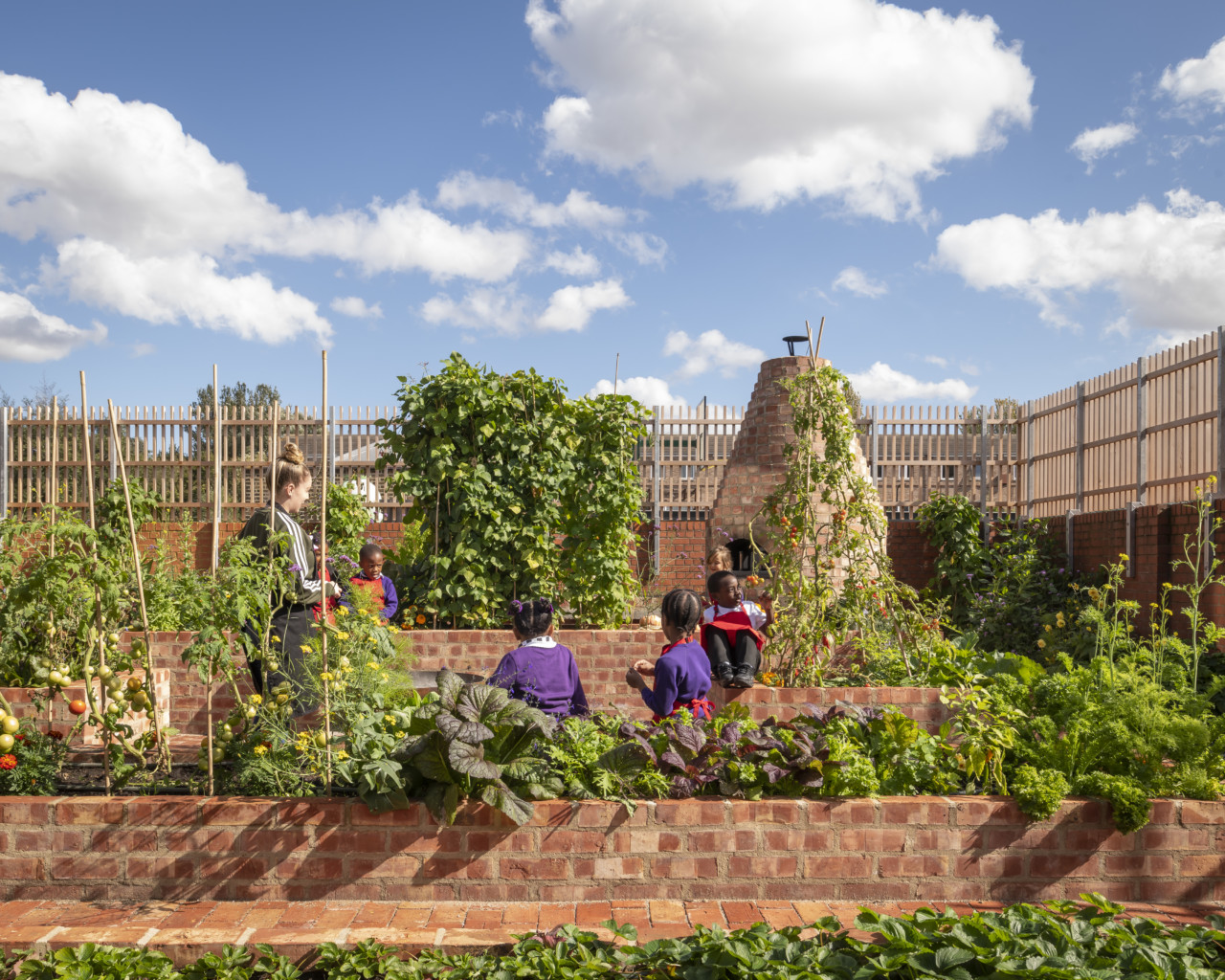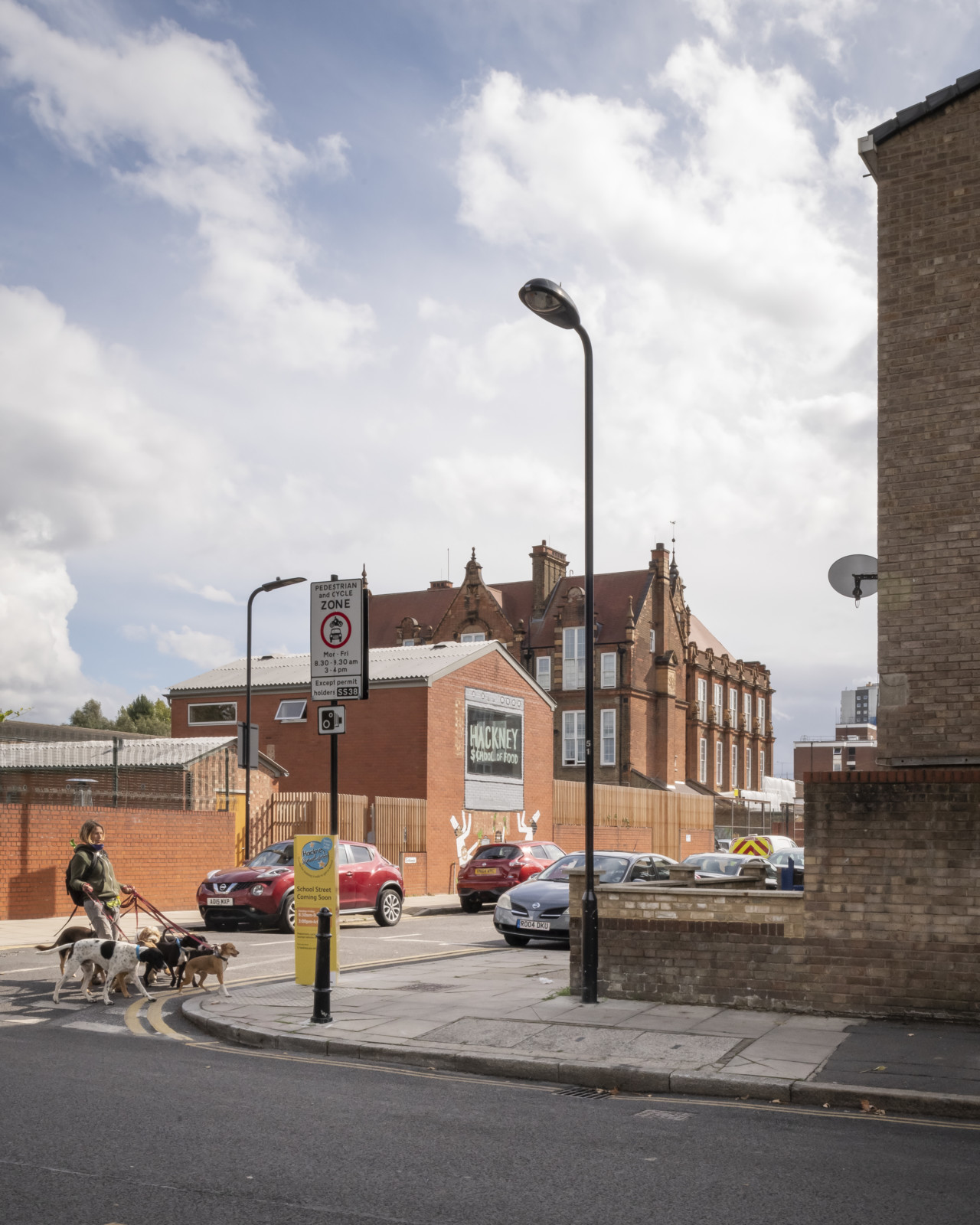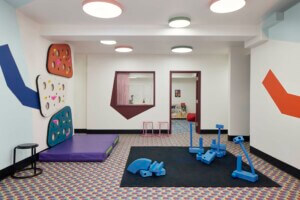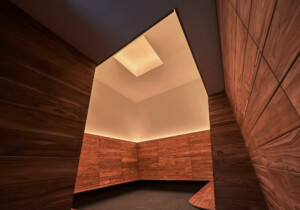In East London, the Hackney School of Food has opened its doors. Built at a cost of just $406,000, the school was designed by London studio Surman Weston and transformed a former caretaker’s cottage into a place where both children and adults can learn how to cook and grow food.
The idea for the project came about after Louise Nichols, executive head of three local primary schools, joined forces with the LEAP Federation and Chefs in Schools—a charity which places professional chefs in schools in a bid to improve school dinners.
In England, schools are no longer required to have a caretaker on-site. As a result, the empty lodgings could be gutted and repurposed. Built on the grounds of Mandeville School, the small, yet ambitious, project comprises a kitchen area capable of hosting 30 children as well as a vegetable patch and garden for growing food.
Originally, the building had two floors and very low, seven-and-half-foot-high, ceilings. Instead of keeping both floors, the architects sacrificed floor area in order to let light in and open the space up—perhaps a wise decision given the possibility of 30 children of all ages occupying the area, armed with kitchen utensils.
“We did initially have a design that kept the ceiling which had an office upstairs,” Percy Weston, co-founder of Surman Weston, told AN. “But we decided quite late on to make it much more simple, to make the space much more dramatic and generous and somewhere where people feel like they want to be rather than trying to cram so much into a small building.” To amplify this effect, a new window, facing onto the road has also been added. On the outside, a mural dedicated to cooking was designed by Jean Jullien.

“We stripped out all the walls, all the floors so there’s just a steel beam that runs around the edge which is ties all the walls together and stops the house falling down,” he added.
Below this datum line, cement boards were used to clad the floors and walls, creating suitable, easily cleaned surfaces for cooking. Four height-adaptable, wheeled cooking stations, designed by the architects, also occupy the space.
“The plan we came up with is a very efficient, horseshoe-shaped plan,” said Weston. “It’s essentially three students per cooking station and it’s all designed so the hobs are flush with the surface, so nothing catches.”
Above the datum line, wall finishes have been left exposed and just painted over, revealing gaps where walls once were, as well as old bathroom tiles. Besides being a cost-cutting trick, this also allows the building to be read.
“We wanted to present it as a building that you could learn the history of just by looking at it, we purposefully used subtly contrasting brick on the outside where we patched up windows and doors and had to redo stuff. When you’re showing it to a child you tell them the story of it and point to things—that’s where a door was, that’s where the first floor was, for example.”
Outside is the garden and growing area, featuring a fire pit, sun terrace, pizza oven, and watering butt which collects rainwater from the building’s roof. Here, “everything is edible,” said Weston. Planting was designed by Lidia D’Agostino with the beds designed by the architects. These are found at varying heights, allowing them to be used by children of various ages and also doubling-up as seating.
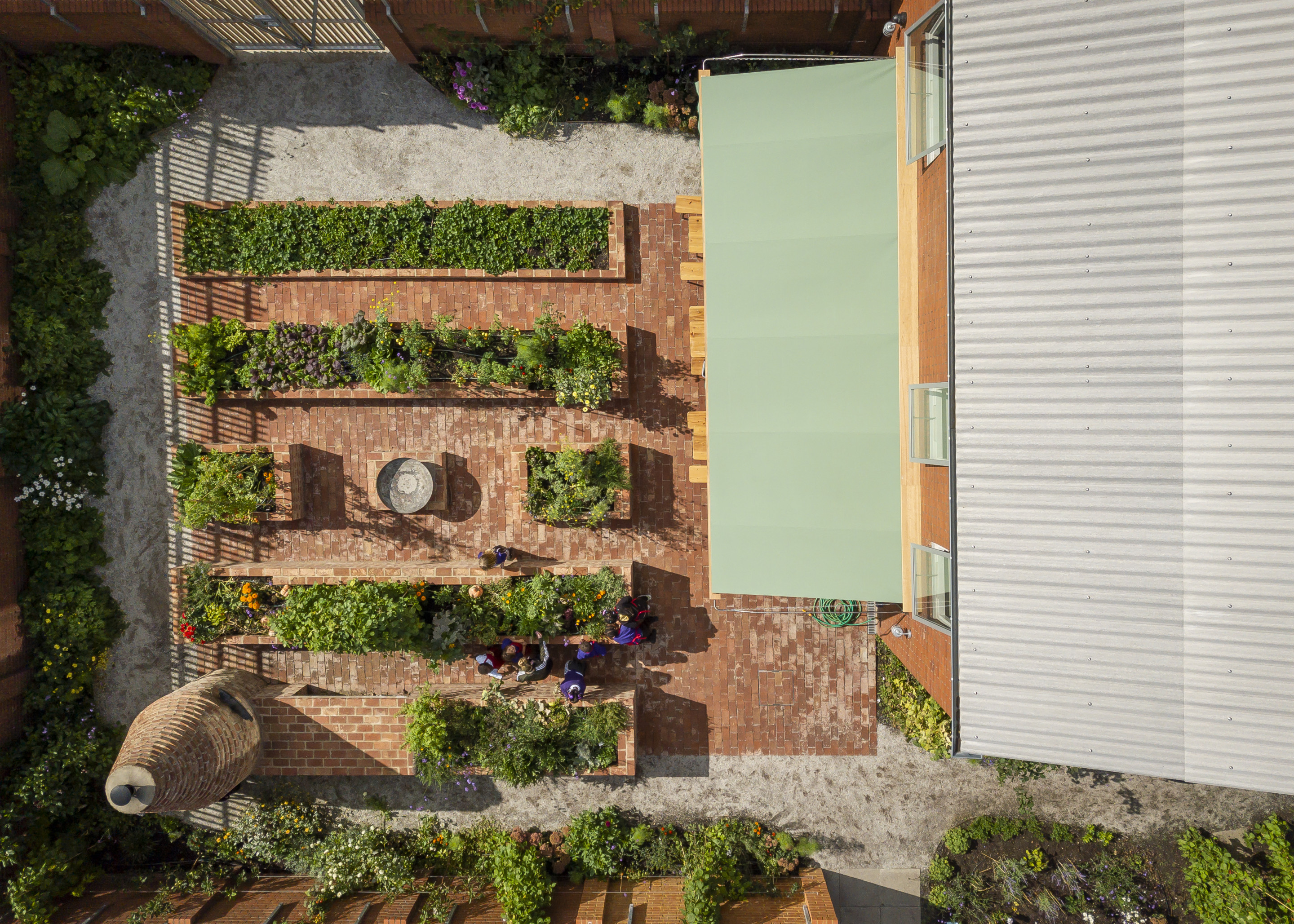
Post-COVID, the aim is that the facility can be used by adults too, being a space for entertaining and having parties (for people of all ages). Indeed, a big part of the brief explained Weston was that it could be used by children but adults as well, something which falls in line with the project’s business plan. “That informed the language as well, we wanted something that was fun and friendly but not juvenile,” Weston added.
Despite only going up in April, the garden, when spied from the outside, is already bursting with life. Weston acknowledged this was a testament to D’Agostino. “It needs to stay like that for three years then we’ll be happy.”






